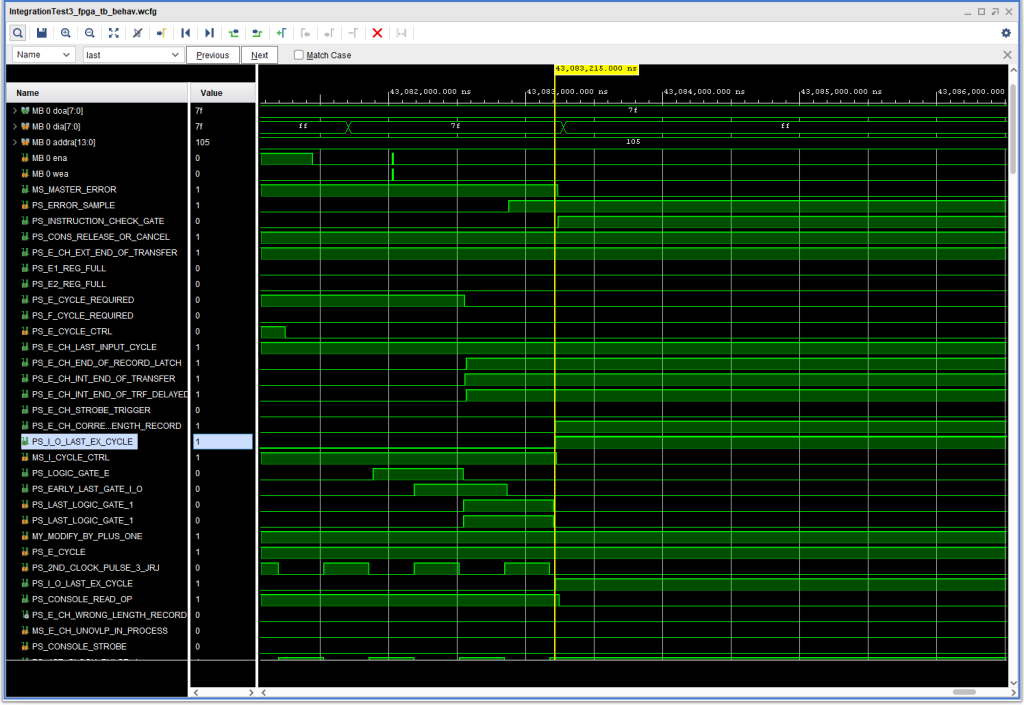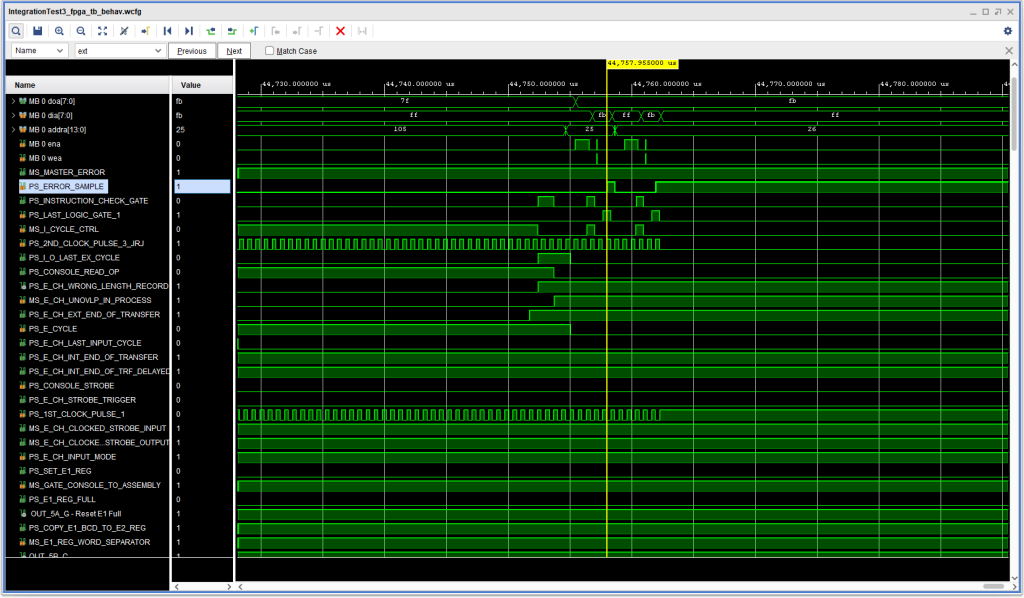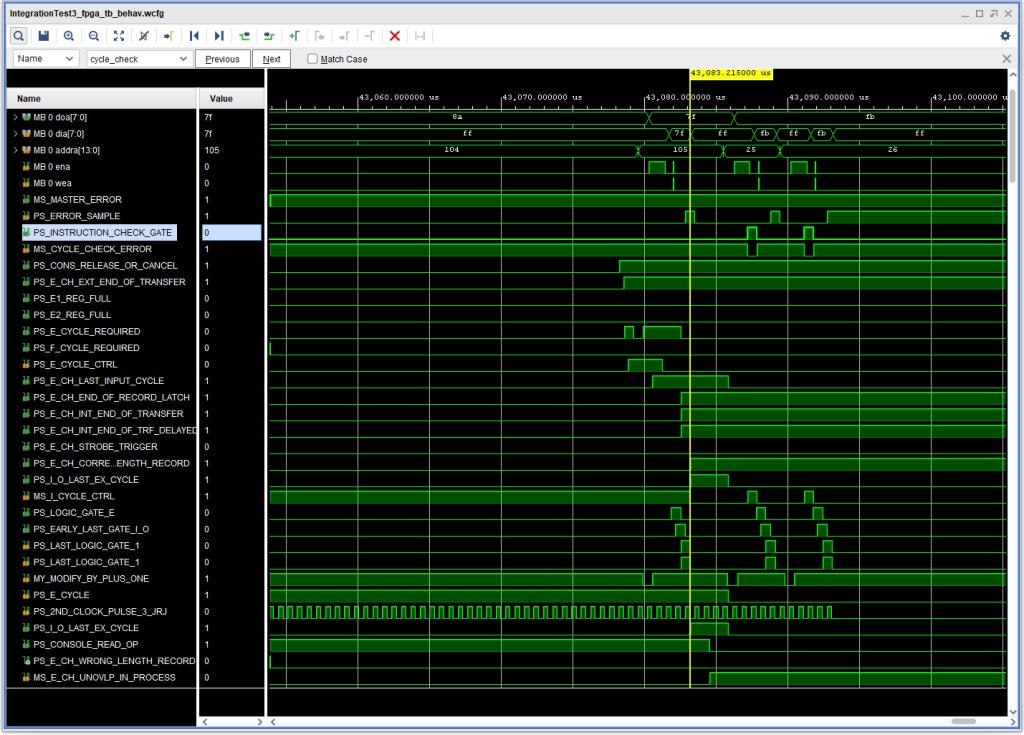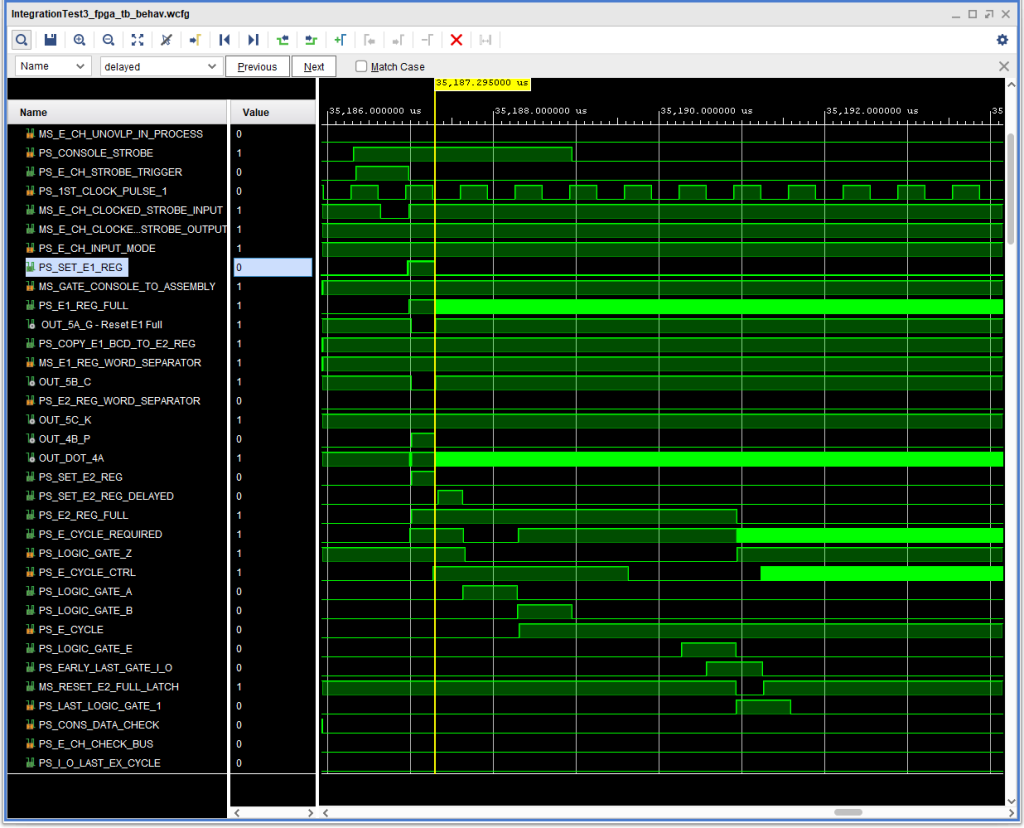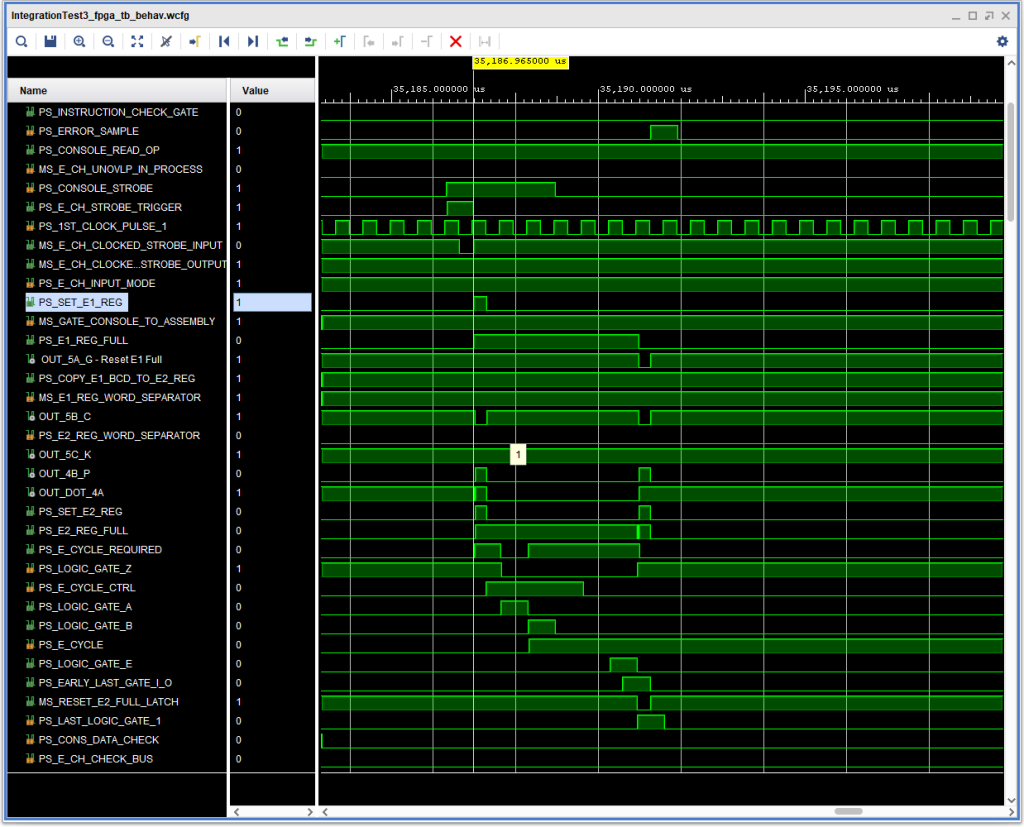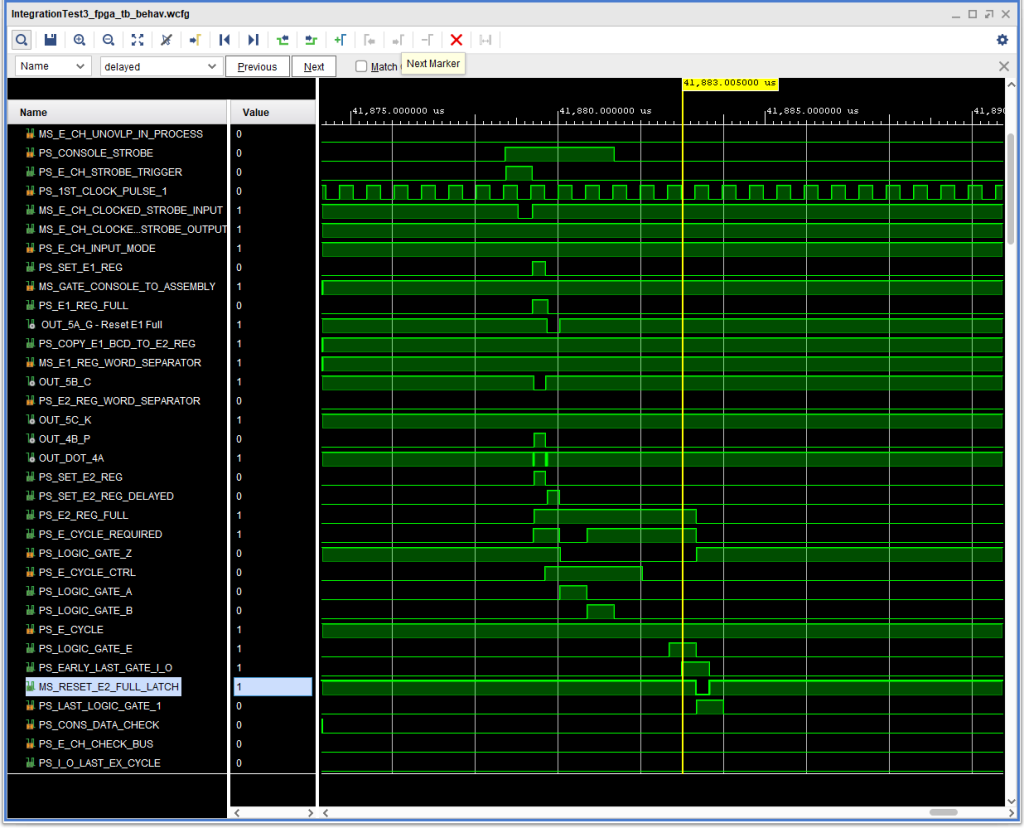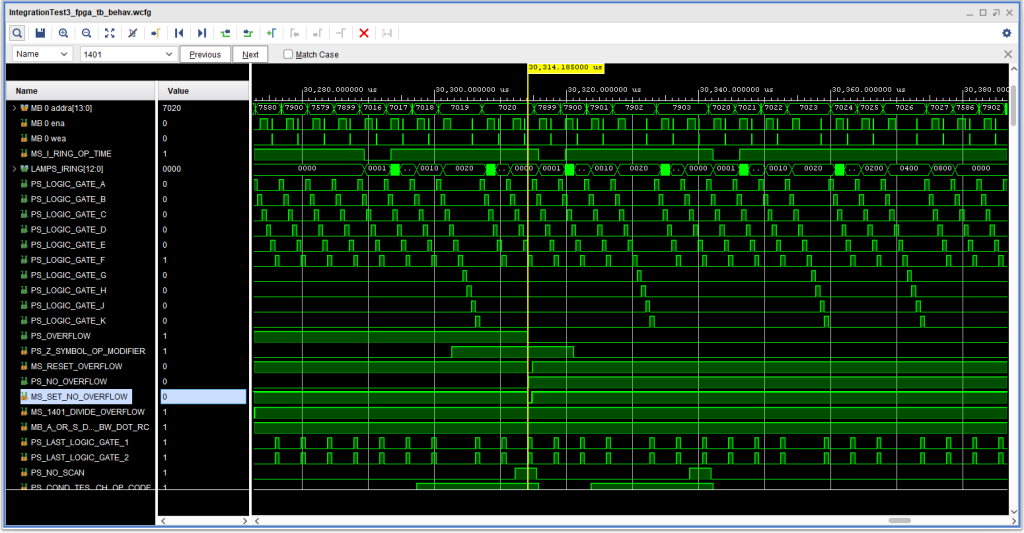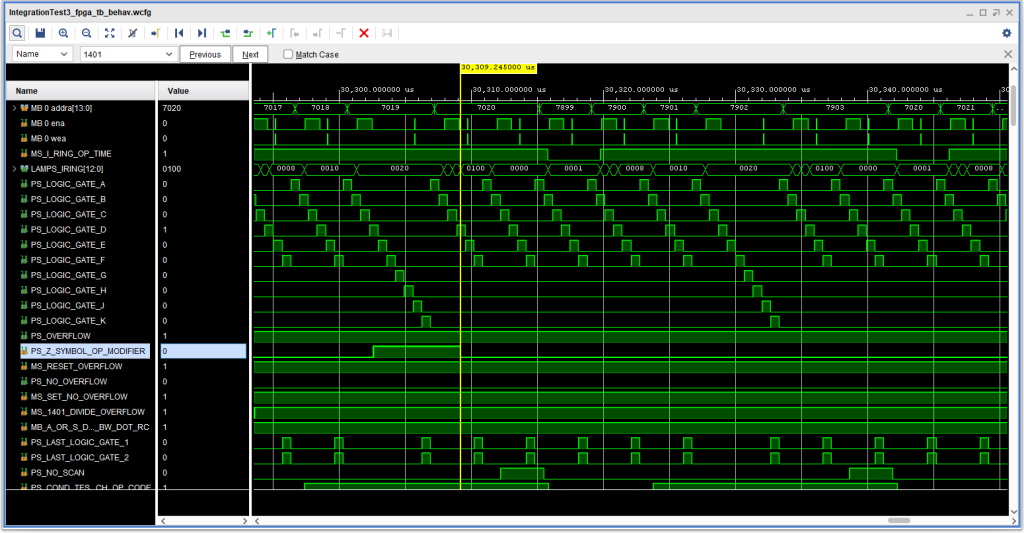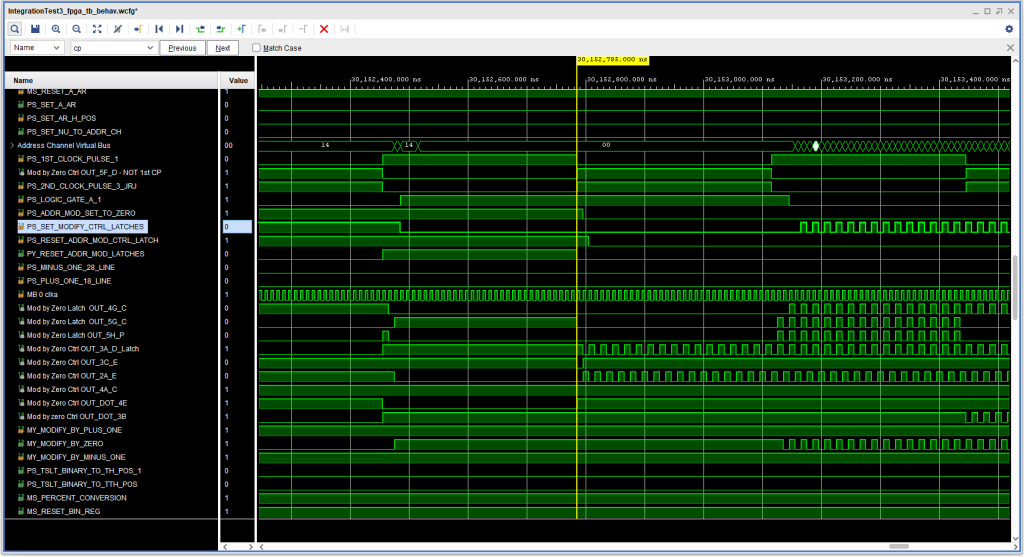Top Line
I ran into to major issues in getting my Xiegu X6100 WiFi/WLAN to work on my network under APP version 1.1.9, Sept 14 2024.
Firstly, a minor complaint (well, maybe pretty major), I found that the operation of the various buttons in the WLAN section can be very confusing. Here is what some of the ones that may not act as you expec actually seem to do:
- WIFI SWITCH: Turns the WiFi radio off or on. One time, though, ONE TIME when I pressed this, it wiped out all of my WiFi settings.
- CONFIG: This button recalls the settings for the network currently highlighted network from /usr/app_qt/.config/ssid. Otherwise, if the selection has not changed, then at least sometimes (but seemingly not always) it saves the current settings in that same file.
- CONNECT: After you press CONFIG, this is used to connection to the currently selected network. It can also save settings into the file in .config if the selected network did not change. ALWAYS press CONFIG first, or you will end up wiping out your configuration in /usr/app_qt/.config/ssid
- MFK Knob: Turning the MFK knob and then pressing it will allow you to select a network. NOTE: DO NOT turn the MFK knob to a displayed ssid and then press the CONNECT button to connect to that network. If you do, it will connect – but it will also overwrite the file in /usr/app_qt/.config file for the selected network. ALWAYS press CONFIG first.
A second minor complaint is that it stores information about WiFi in to different locations. For a given ssid, that information is found in /usr/app_qt/.conf/ssid AND in /etc/NetworkManager/system-connections/ssid.nmconnection and just because the information is in /usr/app_qt/.conf/ssid does NOT mean it gets were it really needs to go in /etc. So, the two can (and do) get out of sync.
The first major problem is that I have found that pretty consistently the radio GUI does not set (or change, on and update) the password in /etc/NetworkManager/system-connections/ssid .
So, if you attempt to connect to your WiFi network from a Xiegu X6100 and it fails to connect, attach a USB cable from the DEV port on your radio and a USB port on your PC, start up a terminal emulator on the . (There are YouTube videos and other places that document this process.) Then look in /etc/NetworkManager/system-connections for a file of your-ssid.nmconnection and look at it with “cat” or “vi”. If it has a password, is it correct? If no, You can fix the password with “nmcli con modify your-ssid wifi-sec.psk ‘my-password’ “
Here is an example the section that has to be set up right with the password in /etc/NetworkManager/system-connections/ssid.nmconnection:
[wifi-security]
auth-alg=open
key-mgmt=wpa-psk
psk=your-wifi-password-goes-here
The second major problem I ran into is that if you want to use a statically-assigned IP address (as opposed to DHCP), then to make it work consistently, I found I had to edit the file /usr/app_qt/.conf/ssid manually. It is important to realize that when you enter the IP address in the IP address field you have to also indicate the network mask – which the X6100 GUI does not seem to support. This will break how packets get routed to and from the X6100 on most networks. It seemed to work best to edit that file while a different ssid is selected in the radio (even if not connected). It found it best to use “CIDR” notation. For most folks, whose netmask is the usual 255.255.255.0, that means entering your IP address as something like 192.168.1.2/24 — note the /24. I used the vi editor to do that. Once you do that, it does display properly. You might also then want to chmod 555 on that file so the GUI can’t change it on you. 😉
If you once set a static IP address, then setting it back to DHCP does not work. You would have to go in and either remove the connection files for that ssid from /usr/app_qt/.config and /etc/NetworkManager/system-connections, or edit them manually.
Here is what it looks like when correctly set up for a fixed IP address in /usr/app_qt/.config/ssid:
[WIFI_CONFIG]
Auto%20Connect=false
DHCP=false
DNS%20Server=192.168.1.1
Gateway=192.168.1.1
IP%20Address=192.168.1.4/24
Password=”your-wifi-password-should-be-here”
And here is what it should look like in /etc/NetworkManager/system-connections/ssid.nmconnection:
[ipv4]
address1=192.168.1.4/24,192.168.1.1
dns=192.168.1.1;
dns-search=
method=manual
(Of course, your DNS server might be different.)
The Journey
In December, 2024 I received a new Xiegu X6100 QRP HF/50 Mhz Transceiver as a gift. Of course, being a techy, the first thing I wanted to do was connect it to my network, as WiFi is supported on the later firmware/software releases. However, I was unsuccessful at APP software level V1.1.9. Though I am aware of a third party GUI for this radio, WiFi is supposed to work with the GUI front end from Xiegu — I just had problems.
After going thru the steps recommended for the radio (at System Settings => WLAN) I found that when pressing the button under “CONNECT” it would try to connect, but fail. I tried all three of my WiFi access points using the radio’s WLAN configuration process – one of which broadcasts its SSID, but to no avail. In every case, when I clicked on “CONNECT” it had a pop up that showed it was trying to connect, but it was never able to do so.
I had learned along the way that one can also connect to the radio to get access to Linux by plugging a USB A to C cable (provided with the radio) to the DEV port on the right-hand side of the radio, and connecting the other end to a PC (in my case Windows). There are instructions and videos availble on the Internet which show how to do this. I used the program “putty” set to 115,200 bps to the port which shows up in Windows as a port named “USB-Enhanced-SERIAL-A CH342 (COM8)” to do so.
I then did what any Linux familiar person would do — look at the messages in /var/log/messages, and found these messages:
Jan 1 00:04:50 XIEGU-x6100 daemon.info NetworkManager[184]: [290.0567] audit: op=”connections-reload” pid=328 uid=0 result=”success”
Jan 1 00:04:52 XIEGU-x6100 daemon.info NetworkManager[184]: [292.8730] audit: op=”connection-update” uuid=”aa6acb02-9ae7-4eac-a1cc-5583af5d5f4c” name=”my-ssid” result=”fail” reason=”802-11-wireless-security.psk: property is invalid”
Jan 1 00:04:57 XIEGU-x6100 daemon.info NetworkManager[184]: [297.3599] audit: op=”connection-update” uuid=”aa6acb02-9ae7-4eac-a1cc-5583af5d5f4c” name=”my-ssid” pid=341 uid=0 result=”success”
Jan 1 00:05:02 XIEGU-x6100 daemon.warn NetworkManager[184]: [302.6258] keyfile: load: “/etc/NetworkManager/system-connections/Redmi_huai1.nmconnection”: failed to load connection: File permissions (100666) are insecure
Jan 1 00:05:06 XIEGU-x6100 daemon.info NetworkManager[184]: [306.0778] audit: op=”connections-reload” pid=345 uid=0 result=”success”
Jan 1 00:05:10 XIEGU-x6100 daemon.info NetworkManager[184]: [310.1394] device (wlan0): Activation: starting connection ‘my-ssid 1’ (87230e25-962c-4a3f-8002-7a489a41a09c)
Jan 1 00:05:10 XIEGU-x6100 daemon.info NetworkManager[184]: [310.1407] audit: op=”connection-activate” uuid=”87230e25-962c-4a3f-8002-7a489a41a09c” name=”my-ssid 1″ pid=350 uid=0 result=”success”
Jan 1 00:05:10 XIEGU-x6100 daemon.info NetworkManager[184]: [310.1430] device (wlan0): state change: disconnected -> prepare (reason ‘none’, sys-iface-state: ‘managed’)
Jan 1 00:05:10 XIEGU-x6100 daemon.info NetworkManager[184]: [310.1498] manager: NetworkManager state is now CONNECTING
Jan 1 00:05:10 XIEGU-x6100 daemon.info NetworkManager[184]: [310.1589] device (wlan0): state change: prepare -> config (reason ‘none’, sys-iface-state: ‘managed’)
Jan 1 00:05:10 XIEGU-x6100 daemon.info NetworkManager[184]: [310.1636] device (wlan0): Activation: (wifi) access point ‘my-ssid 1’ has security, but secrets are required.
Jan 1 00:05:10 XIEGU-x6100 daemon.info NetworkManager[184]: [310.1638] device (wlan0): state change: config -> need-auth (reason ‘none’, sys-iface-state: ‘managed’)
Jan 1 00:05:10 XIEGU-x6100 daemon.warn NetworkManager[184]: [310.1859] device (wlan0): no secrets: No agents were available for this request.
Jan 1 00:05:10 XIEGU-x6100 daemon.info NetworkManager[184]: [310.1863] device (wlan0): state change: need-auth -> failed (reason ‘no-secrets’, sys-iface-state: ‘managed’)
Jan 1 00:05:10 XIEGU-x6100 daemon.info NetworkManager[184]: [310.1979] manager: NetworkManager state is now DISCONNECTED
Jan 1 00:05:10 XIEGU-x6100 daemon.warn NetworkManager[184]: [310.2154] device (wlan0): Activation: failed for connection ‘my-ssid 1’
Jan 1 00:05:10 XIEGU-x6100 daemon.info NetworkManager[184]: [310.2295] device (wlan0): state change: failed -> disconnected (reason ‘none’, sys-iface-state: ‘managed’)
There are several things to notice here:
- 1) The message with “audit: op=”connection-update” uuid=”aa6acb02-9ae7-4eac-a1cc-5583af5d5f4c” name=”my-ssid” result=”fail” reason=”802-11-wireless-security.psk: property is invalid”” looks like some kind of configuration error.
- 2) The message keyfile: load: “/etc/NetworkManager/system-connections/Redmi_huai1.nmconnection”: failed to load connection: File permissions (100666) are insecure” is typical of many many more messages of that sort for various networks that appear to be present in the radio as remembered connections. There are 492 of them on my radio.
- 3) The message: “device (wlan0): Activation: starting connection ‘my-ssid 1’ (87230e25-962c-4a3f-8002-7a489a41a09c)” appears to have a similar SSID to the network I was trying to connect to at the time (my-ssid) but with an extra ” 1″ at the end.
- The message “device (wlan0): Activation: (wifi) access point ‘my-ssid 1’ has security, but secrets are required.” is the final message, and is somewhat confusing.
So, I searched the Internetnet for “has security, but secrets are required”, where in I found a page that had a suggestion to delete that existing connection, and then re-add it. https://unix.stackexchange.com/questions/420640/unable-to-connect-to-any-wifi-with-networkmanager-due-to-error-secrets-were-req
So, based on that website I first tried the command “nmcli con“. Whoa – that listed 431 lines of connections (see 2), above). I tabled fixing that, and then did “nmcli d wifi list“. that showed three connection possibilities, one for each of my WiFi networks in my house. So based on what I had read on the website, and what I saw in the messages, I did “nmcli con delete SSID” for each SSID listed.
At some point around then I entered “nmcli dev wifi connect my-ssid” (my-ssid being the SSID) and got a message “Error: Connection activation failed: (7) Secrets were required, but not provided“. That was hopeful, and made sense – I had not provided a password.
So then I then turned off wifi on the WiFi radio with “nmcli r wifi off” and back on with “nmcli r wifi on” and then did “nmcli dev wifi connect my-ssid password ‘my-password‘ (I had to use apostrophes around my password because it has special characters in it that the Linux shell would mis-interpret). That worked. Yesterday.
HOWEVER, the next day, when I went to write this blog post, and in order to reproduce my results, I deleted the existing connections, tried the above commands to connect, it failed to work. So, I went in to /etc/NetworkManager/system-connection and deleted the entry my-ssid.nmconnection . That did not help, either.
I then decided to clean up the 430+ garbage connections the are present in the Linux image. To do that, I made a dierctory with “mkdir /etc/NetworkManager/removed-system-connections“, changed back to folder with “cd /etc/NetworkManager/system-connections” and then did a “mv *.nmconnection ../removed-system-connections” to get rid of the garbage.
I tried a bunch of things at that point, including telling it to connect without a password, and with a password — nothing seemed to help. But it had worked yesterday! WTF!!?? . Time for lunch,. 😉
After lunch, starting with an empty system-connections directory, I tried to connect to my-ssid again, using the radio GUI to set the password. The result was that the file my-ssid.nmconnection had indications that a password should be there – but the password itself was missing. The password is stored somewhere, because the radio does display it, but it apparently isn’t where it needs to be. (Spoiler: It turns out they are stored in files named /usr/app_qt/.config/ssid“)
So, I then entered the password into the connection file using: “nmcli con modify my-ssid wifi-sec.psk ‘my-password‘. THAT WORKED.
I then created a connection for another of my access points, and once again, it left out the actual password. It also did not include the IP address information I entered (this one doesn’t use DHCP). But, having entered the wrong password using the radio GUI I went back and fixed that, and then it was successful.
I then went to the root directory to see if I could find out where else some of this info might be getting saved, using “grep -r ‘part-of-password’ directory-name for each directory in the root directory, / . I then discovered the information stored in a file for each connection, named /usr/app_qt/.conf/ssid
Further testing revealed that when you change the settings on the radio itself, nothing happens at first – it is just on the screen. BUT, if you press “CONFIG” that information gets stored into /usr/app_qt/.conf/ssid but not into /etc/NetworkManager/system-connections/ssid.nmconnection . However, if you press “CONNECT” the information gets copied into both places.
That allowed me to get the X6100 to my network with my static network settings. However, at that point it would only talk to my firewall (which was also its default route.) But my firewall will not route between hosts on my own network. I temporarily fixed this with the command “route add -net my-network netmask my-netmask wlan0″ (A sample for my-network might be 192.168.1.0 and my-netmaks 255.255.255.0 – your network will probably be different.). Once I did that, everything worked. (If I were running dhcp, that routing would have happened automagically.)
It was at that point that I realized there was no way to enter the netmask/CIDR properly in the GUI, and edited the file in /usr/app_qt/.config/ssid to put in the proper information. Once I did that, everything worked fine.
Also, a note about NTP. I found that I had to manually edit /etc/ntp.conf to set NTP up the way I wanted it, stop ntpd (/etc/init.d/S49ntp stop), run ntpdate, and then restart ntpd. Setting the ntp server in the radio GUI did not seem to work correctly.

